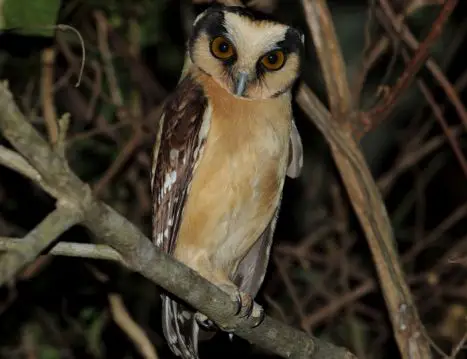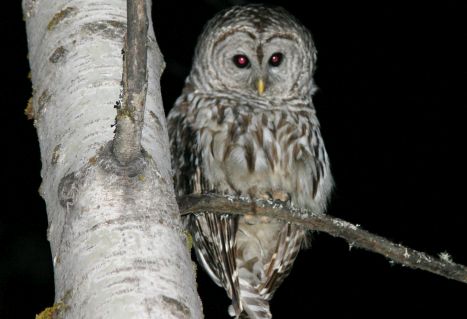
Owls are one of the fascinating animals. They have furry built, peaceful nature, and a great vision. They are one of the several animals that are able to clearly see during the night and in dim light too, making them fascinating and impressive creatures. You probably might have stumbled upon an owl holding a torchlight or some other light source and then seeing their eye glowing.
Most people like to have them as pets while others avoid it because of being a taboo in certain cultures that deem the bird as a bad omen. The image forming mechanism in owls is one very interesting phenomenon. Anyways, let’s discuss why owls are able to see better during the night. Moreover, owls have a vision comparable to the human vision.
How does Owls Vision Work
To begin with, owls have somewhat human-like eyes with some exceptions though. Eagles have photoreceptors at the back of their eyes. These receptors pick up light entering through the pupil of the eye. After a bit of biological processing, the nerves carry information related to the light to the brain of an owl. As soon as the brain is finished making some sense of the visual information an image is formed to be seen.
Owl Vision vs. Human Vision
Both owls and humans have two major kinds of photoreceptors, cones, and rods. There is a significant difference between the two types of photoreceptors. While rods only let us see black and white colors, cones facilitate witnessing multiple colors. However, cones work only well when the light is in abundance. Rods, on the other hand, work well in the even dim light. Eagles have rods that produce stronger images than rods in human eyes.
Reasons for Good Vision
Though there are several things working in tandem to impart clear vision to owls during poor illumination conditions, three most important of them are described as follows:
First – Owl eyes have a fairly large number of rods and a fewer number of cones. Thus, owl eyes tradeoff color depth with better vision.
Second – The average size of an owl’s eye is pretty large. Large eyes mean the wider area to grab the light and hence more illumination.
Third – Owls have tapetum lucidum allowing them to seem as glowing pupils when the light is projected at them during nighttime or in the dark. It is actually a type of biological mirror. When the light goes past the rods in the eyes and hit the tapetum lucidum, the light is once again projected on the rods as a form of visual reflection. Hence, owls get 2 chances of catching the same light.
